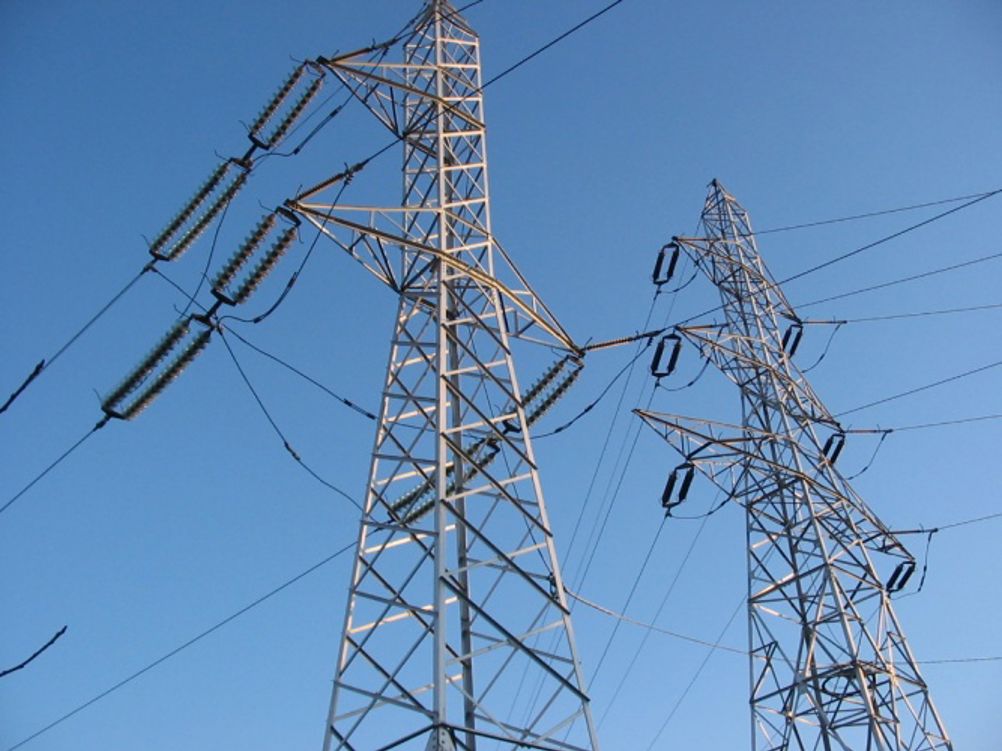Renewable energy is crucial to reducing our reliance on fossil fuels, offering a pathway to sustainable, safe, and affordable energy for all. Despite the heightened awareness of this need, there remains a significant gap between where we are and where we need to be.
In 2024, more voters than ever in history will head to the polls with at least 64 countries holding national elections. We are in a moment of true global change, and with it comes both opportunity and risk for the energy transition.
In recent times we have seen positive steps being taken by governments. In the UK, the newly appointed Labour government swiftly removed the restrictions on onshore wind farms that had in effect created a ban on new projects, and in Portugal, the government released new plans to raise the share of renewables in electricity consumption to 93% by 2030.
While these are commendable actions, making plans and lifting restrictions are first steps. To see significant change that amounts to a transformation of our global energy system, we need much more.
Investing in the future
Moving the dial requires investment - in infrastructure, new technologies, talent, projects, and the supporting ecosystem – and governments and the regulatory mechanisms at their disposal play a critical role in encouraging and even mandating that investment.
The most important thing we need to underpin investment is stability. Developing projects at the scale of windfarms, solar farms and battery storage facilities can take years, if not decades, of work, as well as significant financial investment.
By putting in place regulations that shape the market, whether that’s mandating a certain proportion of renewable energy use, penalising emissions, or implementing contracts for difference, governments can provide certainty and give businesses confidence in their investments.
Regulations at work
We’ve seen multiple examples of how regulation can drive change, with contracts for difference around the world helping renewable energy companies take investment decisions. In the EU, the Renewable Energy Directive (RED), which provides a legal framework for the development of clean energy across all sectors, has seen the share of renewable energy sources in EU energy consumption increase from 12.3% to 30% between 2010 and the first half of 2024, and commits to a minimum of 42.5% by 2030.
In the US, the Inflation Reduction Act (IRA) has had a significant impact since it was signed into law in 2022, with record amounts of renewable power and battery capacity added. The measures in the IRA related to clean energy, including tax credits, grants and loan guarantees, have reduced the risk and cost of building renewable energy projects.
Both examples have their challenges and neither is perfect, but they have made an impact. Their success lies in the multi-pronged approach they’ve taken, with several different regulatory measures rolled into one initiative providing some clarity and cohesion and signalling serious intent towards a clean energy future.
Tackling grid constraints
However, in both cases and more widely at a global level, governments need to take a holistic approach to the renewable energy supply chain, and in particular prioritise scaling up the supporting infrastructure.

Power grids represent a major bottleneck, with connection delays meaning new renewables projects can’t deliver their energy. In Europe, the average queue time is 3-7 years. The IEA found that “The world must add or replace 80 million km of grids by 2040, equal to all grids globally today, to meet national climate targets and support energy security”, requiring annual investment to double to more than USD 600 billion a year by 2030.
In the UK, the connections queue stands at just over 700GW, with estimates that this could rise to 800GW by the end of 2024, an amount of electricity generation that is over four times more than what is predicted we’ll need by 2050. Not all of these projects will be built, and systems around the world are clogged up by ‘phantom projects’, projects that are in the queue for grid connection but that may not even have land rights or have applied for planning consents.
We need serious reform to move to a ‘first ready, first connected’ approach, and that has to come from regulation and regulatory pressure. Reforming the system is an opportunity for new and re-elected governments to do better. When that reform does happen that could be an opportunity for stronger developers who are committed to deliver. Those projects that move quickly, and have investment behind them, will be realised quicker.
The path ahead
Changing something as intrinsic to daily life as the energy system is a challenge that cannot be understated. But it’s one we have no choice but to tackle. That’s why we launched JERA Nex earlier this year, with the ambition to transform the energy system by investing in, developing and operating onshore and offshore renewables projects around the world.
As we move into a new political landscape around the world, we need to see the regulations that work maintained, and those that don’t, removed. Change comes with opportunity, and it’s my hope that we see governments go further and implement even more ambitious and effective regulations to support the renewables industry and the infrastructure it depends on.

Mark Johnsons is VP Operational Excellence at JERA Nex











McMurtry Spéirling defies gravity using fan downforce
Ground effect fans were banned from competitive motorsport from the end of the 1978 season following the introduction of Gordon Murray's Brabham...